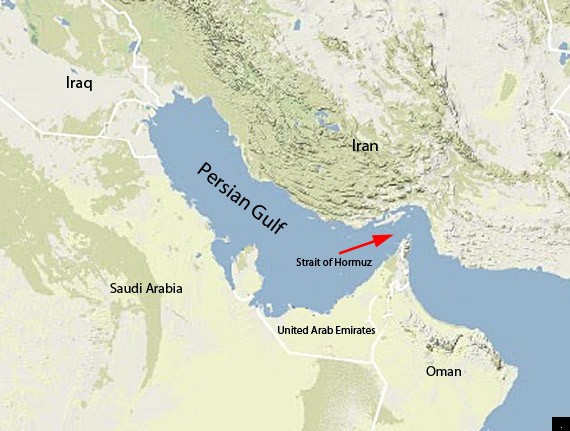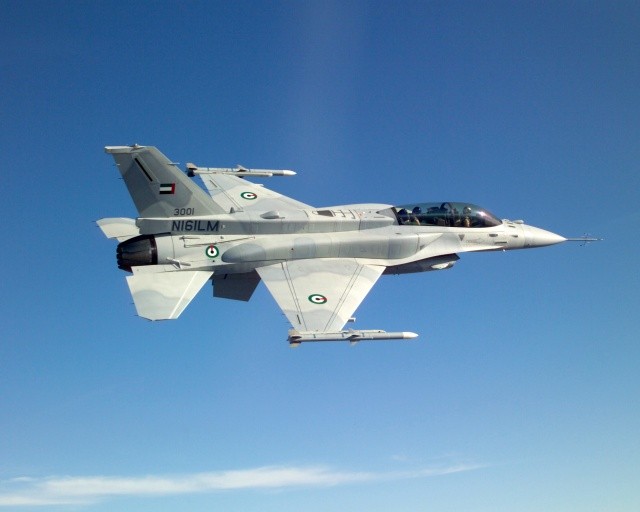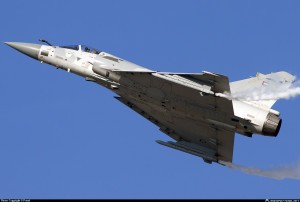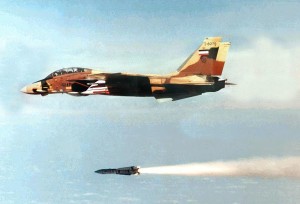Eagle Dynamics, DCS World‘s official developer have recently announced their plan to release in winter 2014 their brand new Strait of Hormuz theater of operations.
The Strait of Hormuz
The Strait of Hormuz, the entrance to the Persian Gulf from the Indian Ocean, has been a strategic focus in world affairs for thousands of years. 40% of the world’s seaborne oil exports passes through this waterway. On the other hand the political situation around the strait of Hormuz is one of the most sensitive in the world considering the involved and surrounding countries with Iran northbound, the UAE southbound in addition to a very strong US military presence. It’s obvious that the addition of this new map to DCS World will bring a lot of action, especially to the online gaming scene.

Local Fighter Forces
It’s interesting to try to have a close look at some of what DCS virtual pilots may be flying over the Strait of Hormuz. It seems there is a wide range of combat aircrafts, some of which are already in development by ED or under-license by third-party developers. Below are the main air-superiority and combat aircrafts that we could see flying over DCS’s Strait of Hormuz.
United Arab Emirates Air Force
F-16 Block 60/61 Fighters
The best F-16s in the world aren’t American but belong to the UAE. We are talking here about F-16 E/F Block 60s codename “Desert falcon”. Those super advanced fighter jets are a half-generation ahead of the F-16 C/D Block 50/52+ aircraft that form the backbone of the US Air Force, and of many other air forces around the world. The “Desert Falcon” surpasses older F-16 variants in every area. Most notable features are a more powerful engine with 3500 additional pounds of thrust and AN/APG-80 AESA radar that made the UAE the first fighter force in the world to field this revolutionary new radar technology outside of the USA.

Mirage 2000-9
Mirage 2000-9 is the export variant of Mirage 2000-5 Mk.2. The UAE was the launch customer, ordering 32 new-build aircraft, comprising 20 Mirage 2000-9 single-seaters and 12 Mirage 2000-9D two-seaters.
A unique capability available on the Mirage 2000-9 version, allows to use simultaneously IR and EM MICA in BVR mode (Beyond Visual Range) to deceive electronic warfare system of the target.
The UAE’s Mirage 2000-9s are also equipped for the strike mission, with the Shehab laser targeting pod (a variant of the Damocles) and the Nahar navigation pod, complementing the air-to-ground modes of the RDY-2 radar.

Islamic Republic of Iran Air Force
F-14A Tomcat “Persian Cats”
The first and only country to receive F-14 Tomcat was Iran. The Iranian Tomcats were virtually identical to the US Navy version, with only a few classified avionics items being omitted.
The Iranian F-14s scored most of their kills with AIM-54A Phoenix missiles during the war with Iraq losing only one Tomcat in air-to-air combat when it got caught off-guard by a MiG-21.

Bottom Line
While Desert Falcons have undoubtedly superior technology, it’s unlikely to see them modeled in DCS probably because of a lack of public data, especially about the AESA radar and electronic equipment. Nevertheless, we could finally see a Block50/52+ version of the eagerly-awaited F-16 finally showing up on the DCS menu along the very capable Mirage 2000 and the iconic F-14 Tomcat.
How would these fighters match up in an air-to-air engagement over the Strait of Hormuz?
